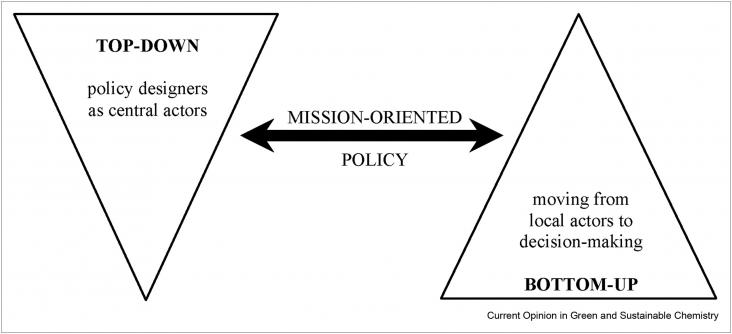
Hydrogen as a clean, reliable and potentially sustainable energy vector has attracted growing interest for promoting the sustainable development of both industry and society worldwide.
Energy production and CO2 emissions are strictly connected.
Global warming and climate change caused by an ever-increasing accumulation of atmospheric CO2 are reaching alarming levels.
This article supports SDG 9, 14 and 15 by looking at how to create sustainable infrastructure with the help of examples from nature.
This book chapter advances SDGs 9 and 12 by reviewing and discussing the current status, ecological and socio-economic importance of seaweed farming.
Renewable energies have been discussed as the main efficient solution for solving many issues regarding climate change.
This article supports SDGs 7 and 9 by introducing interpretable artificial intelligence (AI) tools, especially proxy models based on artificial neural networks, efficient variable analysis and optimal value prediction of membrane electrode components in proton exchange membrane fuel cells, thereby improving their performance and reducing computational costs.
UK mechanisms touching on sustainable development are generally based on, and have as their over-arching objective, some variation of the so-called “Brundtland definition”. These mechanisms also widely reference the three interconnected ‘pillars’ of sustainable development, also known as the ‘triple bottom line’ of sustainable development. The UK approach has a bearing on all SDGs and in particular, SDGs 9, 10 and 13.


